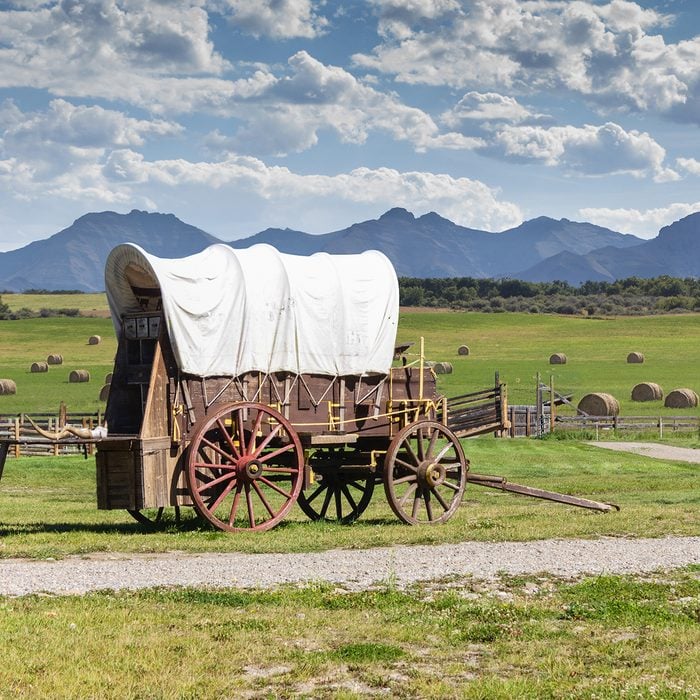
Love road trips? Now think about going on a road trip across five states with all of the food you need in the trunk of your car. Also, your car weighs 2,000 pounds—and it’s a wagon.
Pioneers didn’t have access to coolers or grocery stores, so food on the Oregon Trail had to survive a six-month journey. But what exactly did the pioneers eat? We did the research.
For another history lesson, learn what foods passengers ate aboard the Titanic.
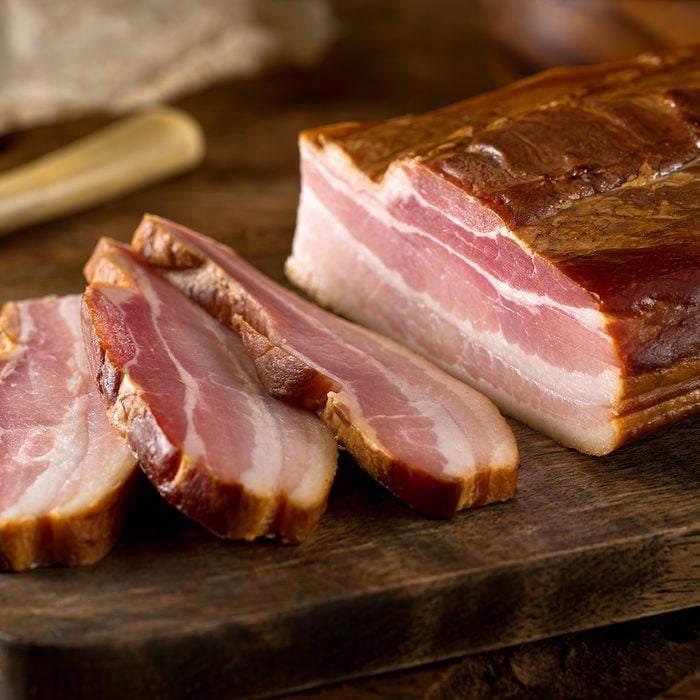
Bacon
Thank goodness, the pioneers had bacon. Cured meat was popular on the Oregon Trail as it lasts a long time. And more importantly, it’s delicious. They would cook bacon for breakfast, add it to bean-based dishes or fry it up for a mid-afternoon snack (some things never change).
Check out some of our best bacon recipes while your mouth is still watering.
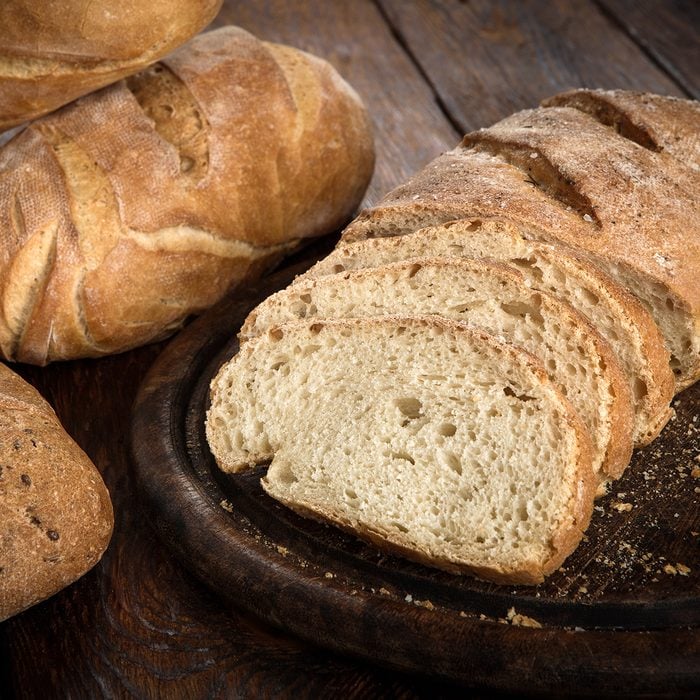
Homemade Bread
Flour was essential, and pioneers brought along thousands of pounds of it for the journey. While driving, pioneers rarely took the time to bake, but during stopping points—days where people and animals would spend the day resting—they’d make bread.
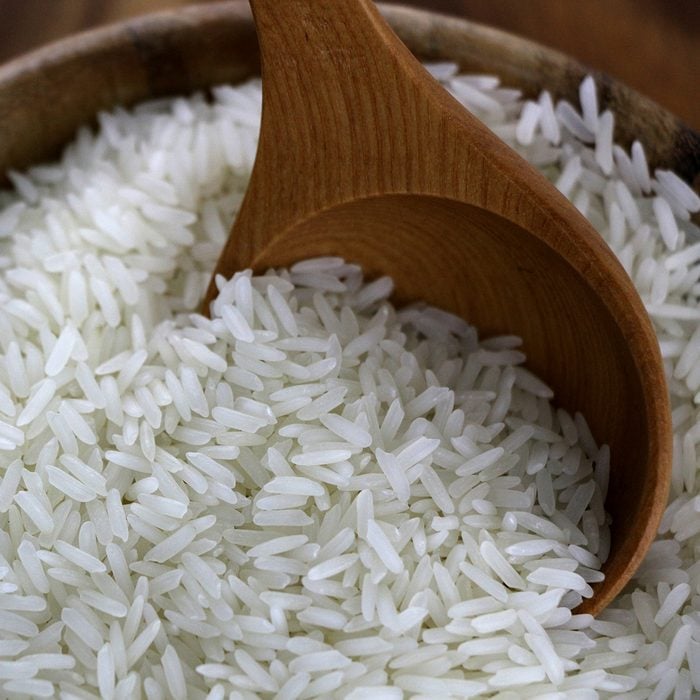
Rice
An incredibly easy grain to store and cook, rice was popular among travelers on the trail. Pioneers could quickly whip up a large batch to feed their families, or they could take time to cook a more complex meal with meats, vegetables and spices found along the way.
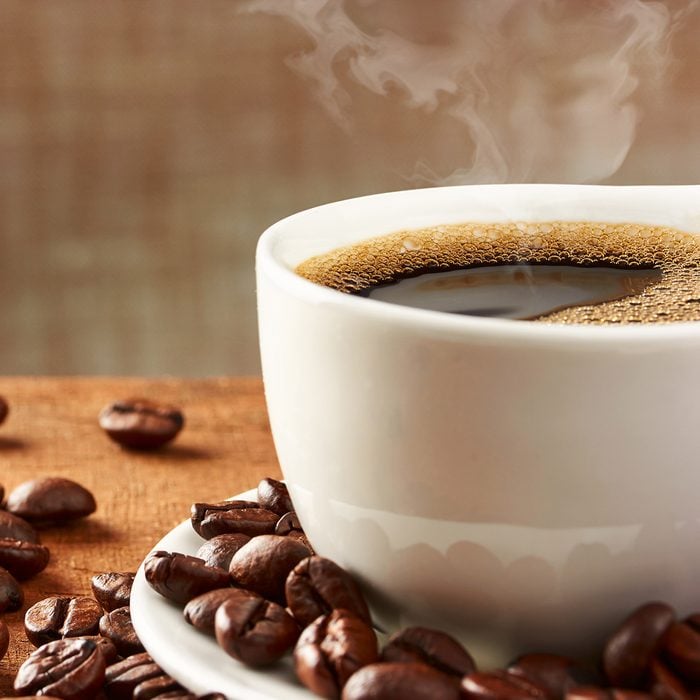
Coffee
Most of us can’t imagine leaving the house without our morning coffee—can you picture driving a wagon for 12 hours without it? Pioneers knew how essential this energy booster would be, so they packed tons of it. And—fun fact—they fed it to the animals, too.
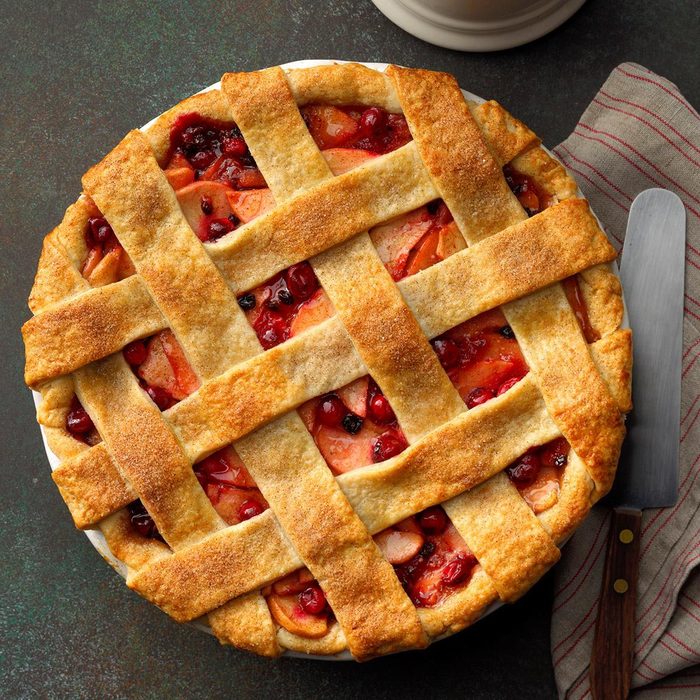
Pies
These are another rest-day special. Pioneers churned their own butter by attaching buckets of milk to the bottom of wagons and riding throughout the day—on rest days, they could use that butter in pie crusts to serve to fellow travelers. No two pies would be the same, as they’d use local fruits and berries to form the fillings.
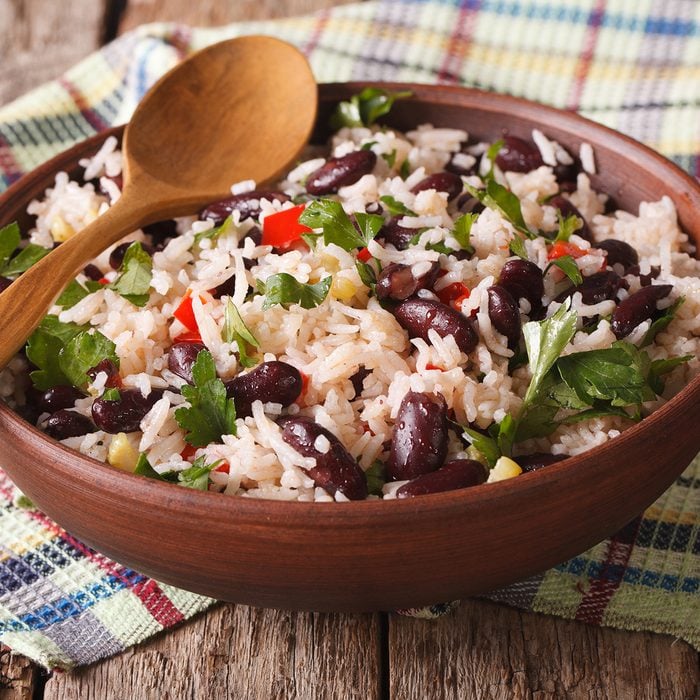
Beans and Rice
Dried beans were very common among travelers. An outdoor favorite, beans don’t require much work to cook. While pioneers enjoyed beans on their own for supper, they happily combined ’em with rice for a more filling dish.
Today, we have convenient canned beans. Here’s how to use them.
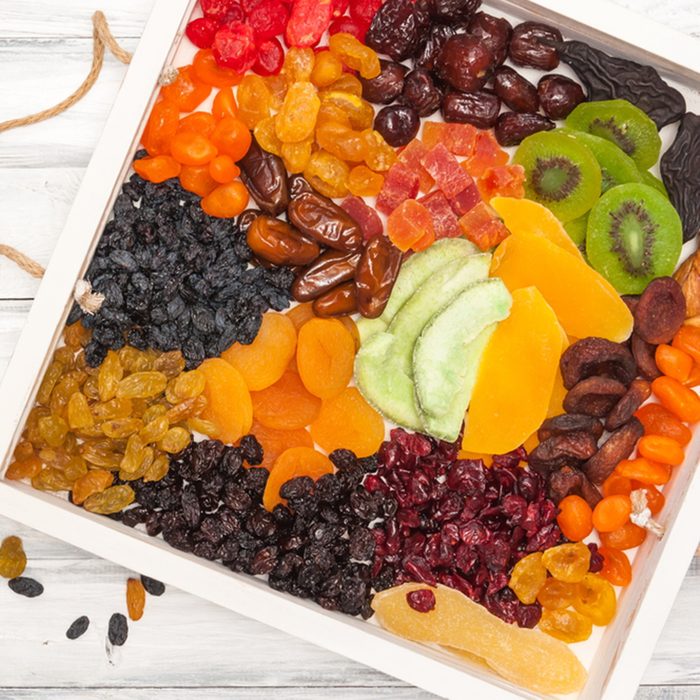
Dried Fruit
Fresh fruit was lovely when travelers stumbled upon it, but would have been impossible to pack and carry. Dried fruit, however, is a perfect snack for the road. So perfect, in fact, that many road trippers and plane travelers still reach for this staple during present-day adventures.
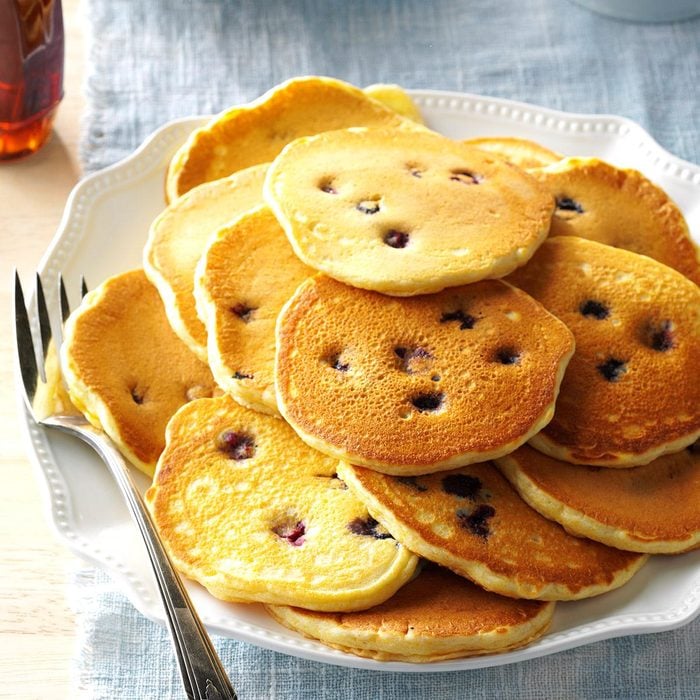
Cornmeal Pancakes
Like flour, pioneers brought along tons of cornmeal for the trail. Cornmeal was easy to make and transport, so travelers got creative with how they used it in their meals. A favorite food on the Oregon Trail was cornmeal pancakes, which could easily be fried up over the campfire.
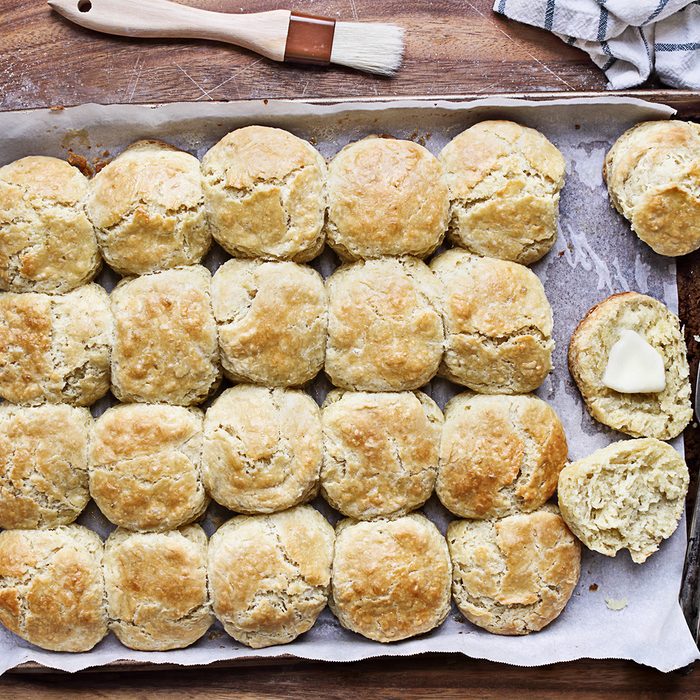
Biscuits
These delicious breakfast favorites were made from both flour and cornmeal—depending on the day. Much like homemade bread, pioneers tended to whip up batches of biscuits during downtime, and enjoyed them with freshly whipped butter and crispy fried bacon.
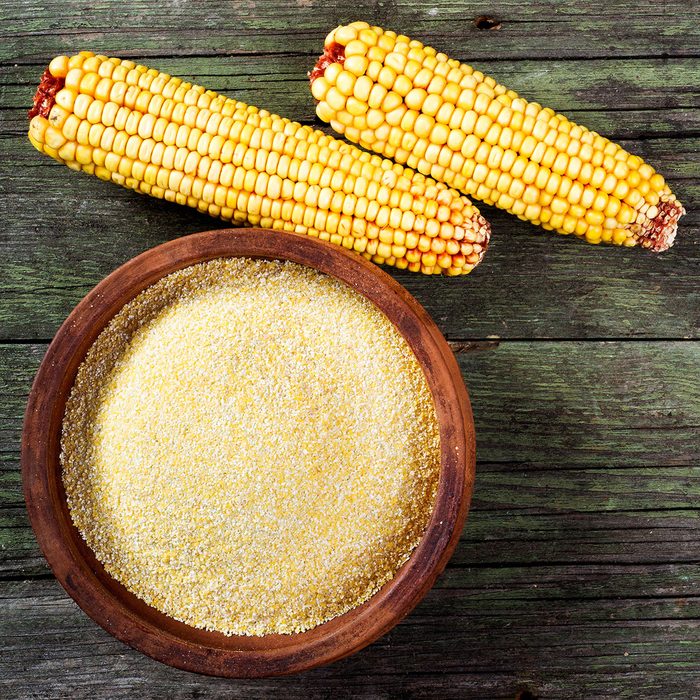
Cornmeal Mush
This one may not sound too appealing, and to be quite honest, it probably wasn’t. It’s exactly what it sounds like—water mixed with cornmeal. It’s like oatmeal, but cold and moderately flavorless. Pioneers didn’t focus too much on flavors and cooking methods—they needed energy and sustenance.
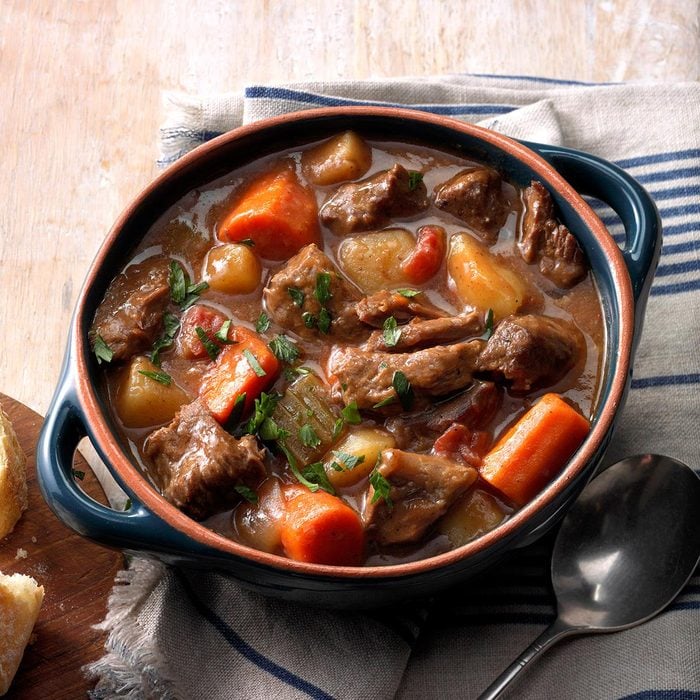
Soup
Do you ever look around your kitchen, eyeball the leftover meats and vegetables from the week, and think, “This is perfect for a stew”? So did the pioneers. Soups and stews were a great way to serve a hot and tasty meal without too much effort. And thankfully, soups can be made from a wide variety of ingredients, making it the ideal trail dinner.
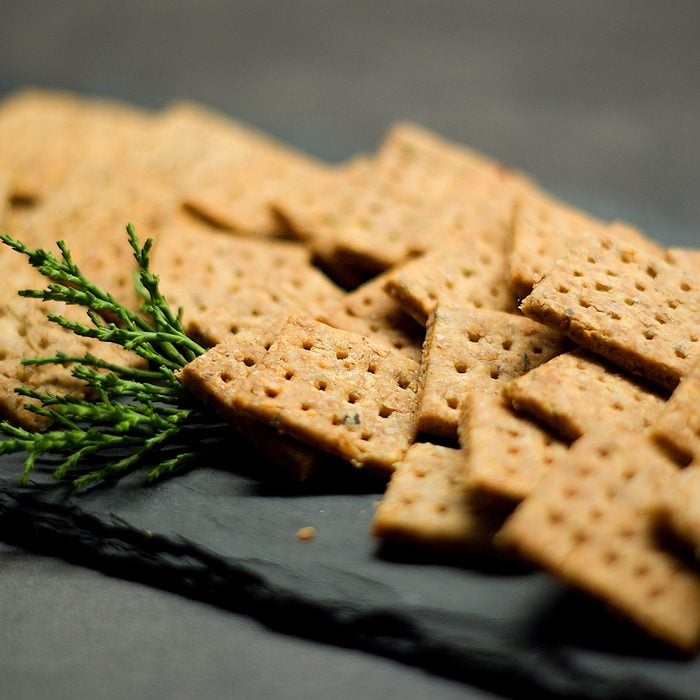
Hardtack
This one sounds like something sticky, or perhaps like an exotic type of fish. But really, it’s just crackers. Hardtack is a crunchy biscuit made from flour, water and salt—so essentially bread without yeast. Pioneers would chomp on these crackers dry, or soak them in water for a bit to add moisture.
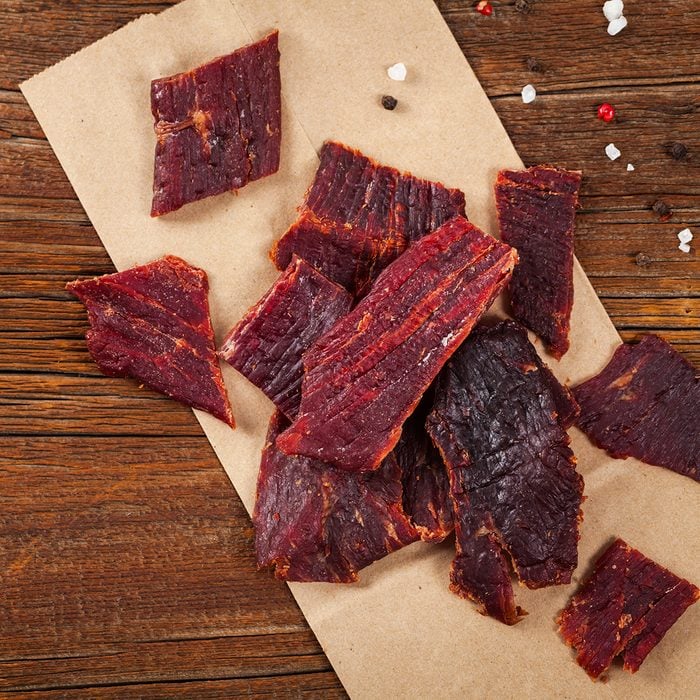
Dried Meat
Jerky is another road-trip staple that has remained popular over the years. The pioneers were big fans of dried meats, as it provided them that delicious protein without causing them to worry about spoiled food. Bison was a popular meat to preserve.
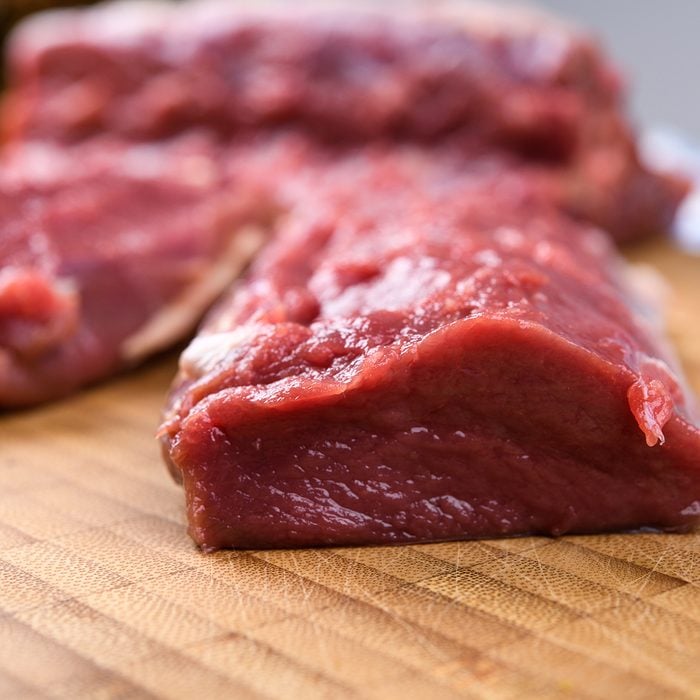
Fresh Game
When dried meat didn’t do the trick, pioneers hunted local game. Hunting didn’t happen often on the trail—usually, it would take place during those rest days or at specific points on the trail so as not to slow down the caravan. Meat from the hunt would be dried, used in stews or cooked over the fire.
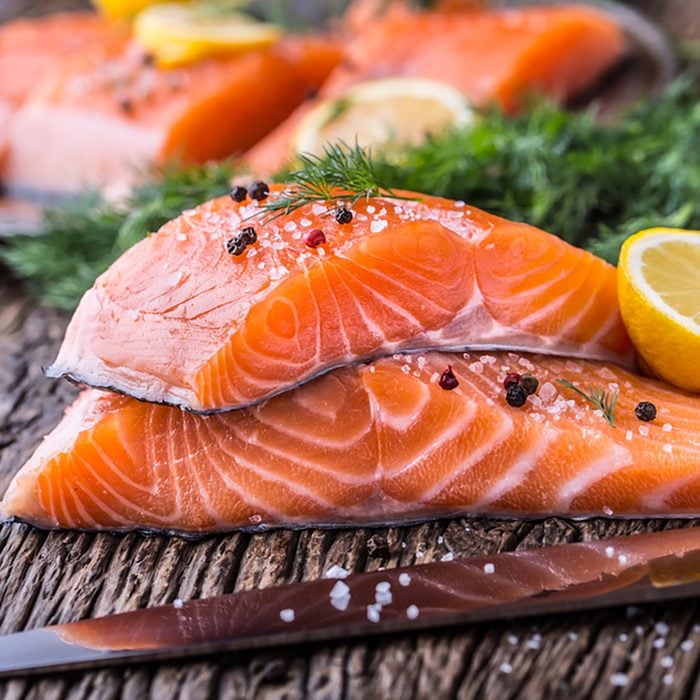
Salmon
Many families packed fishing gear in their wagons so they could catch fish during the journey. While pioneers enjoyed freshly caught fish, they also traded Native Americans for fish and supplies. Salmon was a favorite among Oregon Trail travelers, and we can’t blame them. It’s one of our favorite dishes to make, too.
